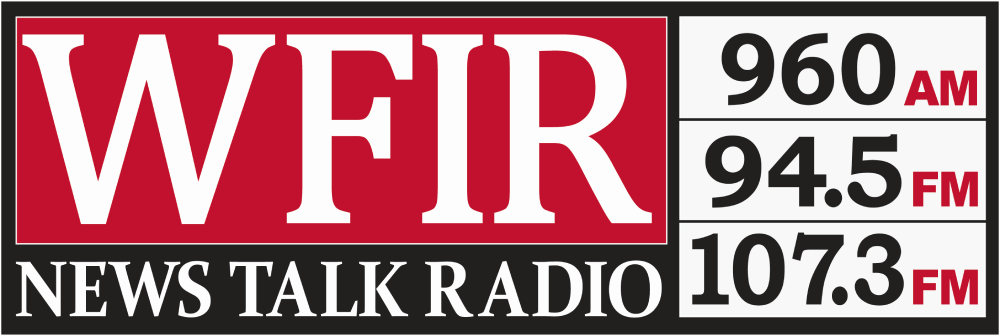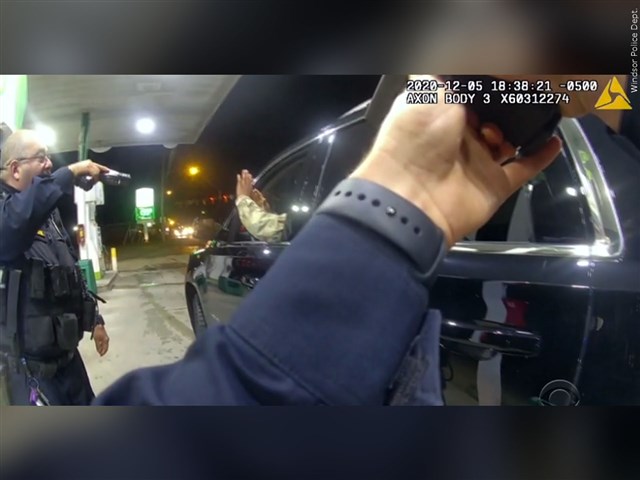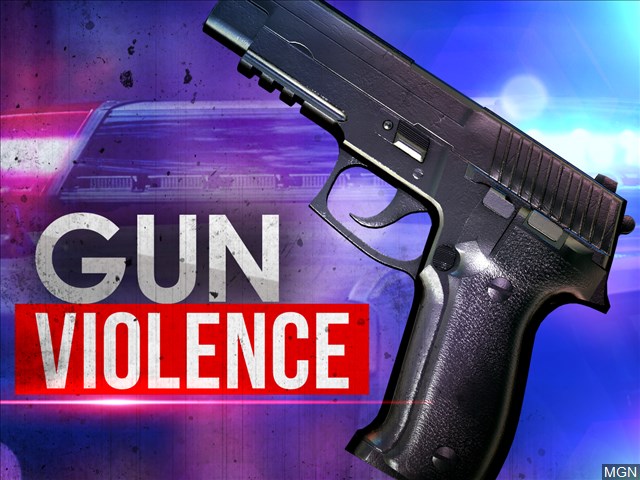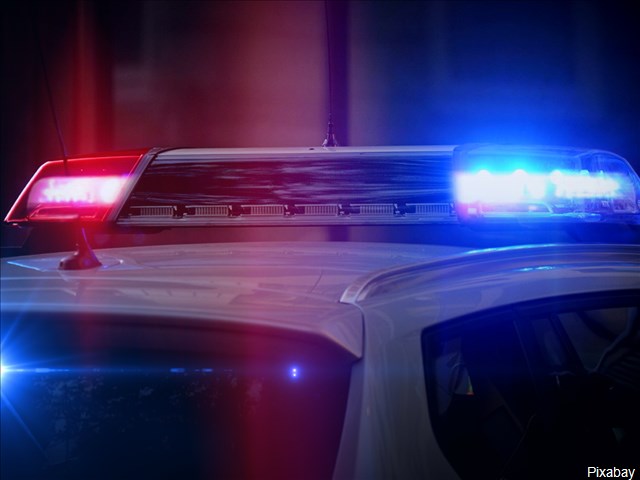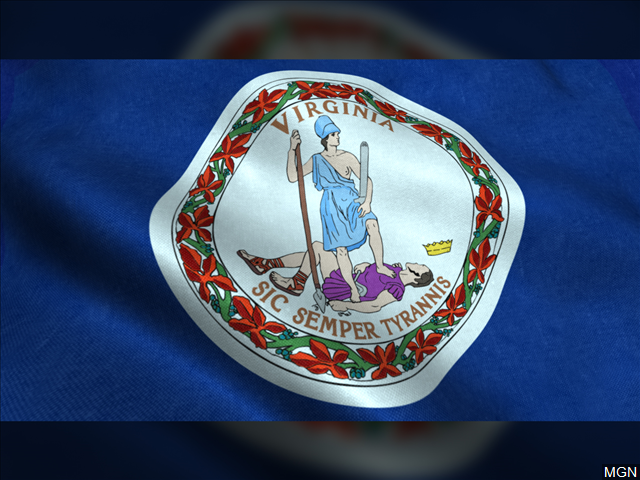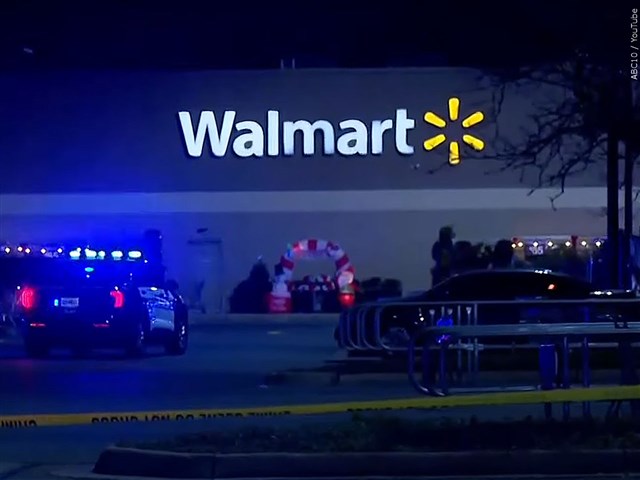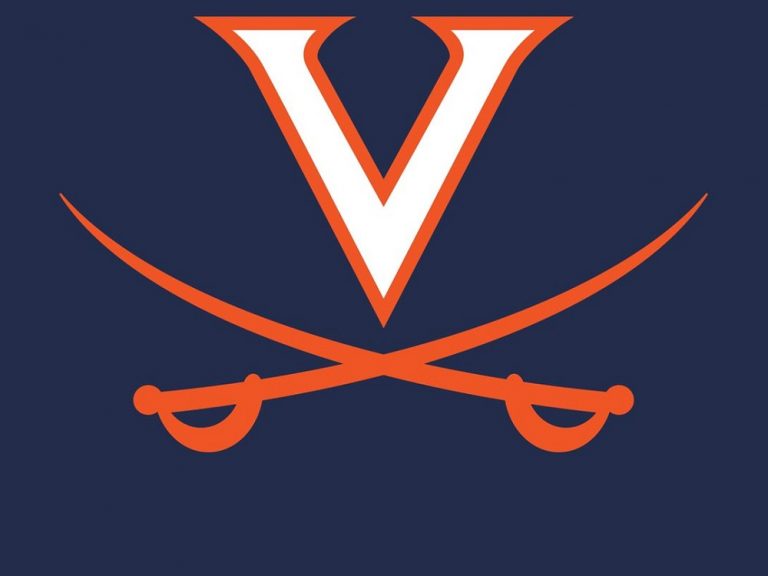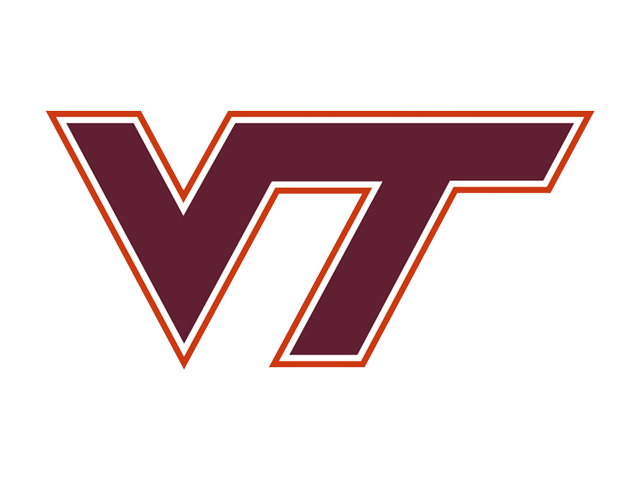NORFOLK, Va. (AP) — A U.S. Army lieutenant who was pepper sprayed, struck and handcuffed by police...
AP
NORFOLK, Va. (AP) — A 6-year-old student shot and wounded a teacher at his school in Virginia...
The Afghan woman ran down the street towards her friend’s apartment as soon as she heard the...
HOPEWELL, Va. (AP) — Police in Virginia are investigating the shooting death of an 8-year-old girl in...
RIVERSIDE, Calif. (AP) — A Virginia sheriff’s deputy who police say traveled to California to kill three...
RICHMOND, Va. (AP) — Virginia’s state government watchdog agency has cleared the state’s tourism office of wrongdoing...
NEWPORT NEWS, Va. (AP) — A former police officer in Virginia was sentenced Friday to six years...
WASHINGTON (AP) — The Washington Commanders created a “toxic work culture” for more than two decades, “ignoring...
WASHINGTON (AP) — Russia freed WNBA star Brittney Griner on Thursday in a dramatic high-level prisoner exchange,...
UPDATE 11/23/22 12:52 PM — Authorities and witnesses say a Walmart manager opened fire on fellow employees in...
The University of Virginia has canceled its game against rival Virginia Tech scheduled for Saturday following the...
LYNCHBURG, Va. (AP) – Jalen Holston rushed for 99 yards and a career-high three touchdowns and Virginia Tech snapped...
LAS VEGAS (AP) — Armaan Franklin scored a career-high 26 points, and No. 16 Virginia used a...
CHARLOTTESVILLE, Va. (AP) — M.J. Devonshire and Marquis Williams returned interceptions for touchdowns on the first two...
The NFL’s Washington Commanders could soon be for sale, after owners Dan and Tanya Snyder said they...
